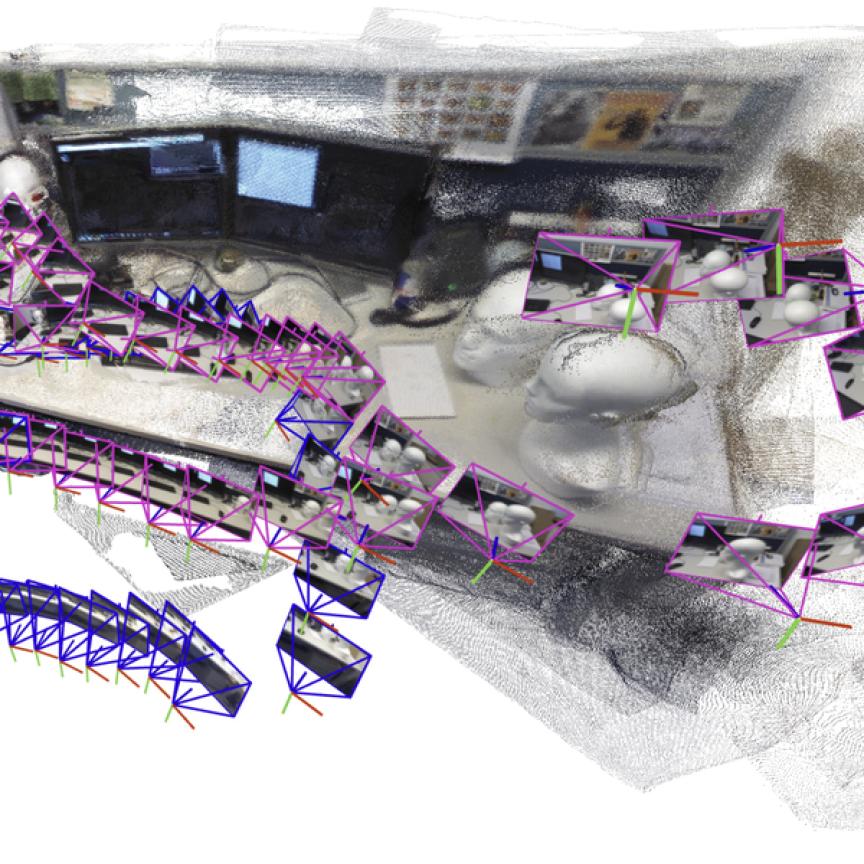FRAMOS, a global partner for vision technologies, sees good opportunities for LiDAR-based hi-res depth cameras to expand the applications of 3D vision technologies and replace stereo depth cameras in some areas. With exceptional resolution and accuracy, the new Intel RealSense LiDAR depth camera L515 achieves much better edge fidelity than stereo cameras, even at a maximum distance of 9 metres. As a result, it is superior to 3D stereo vision systems in some applications. It will be of particular interest to customers looking for hi-res 3D scanning solutions. The L515 depth camera’s large range, edge fidelity, and compact size are advantageous in the logistics industry.
Its small dimensions and low-power consumption of less than 3.5 W make for easier integration into mobile devices such as portable scanners for volumetric measurement. Knowing the size of objects being stacked helps to optimise use of the available shelf space. Furthermore, most shipping companies today no longer calculate shipping costs only by weight. Their price models also take account of the package size, via the volume weight. The L515 depth camera makes it easy to automate the capture of package dimensions regardless of orientation, thus eliminating time-consuming manual measuring operations.
Unlike other LiDAR systems, for example in vehicles or driverless transport systems (DTS), the new Intel RealSense depth camera L515 was not made to capture objects at great distances. Instead, it is designed to produce 3D images with a high frame rate, high resolution, and high accuracy. Under controlled indoor lighting, the L515 achieves unparalleled depth quality, with a Z error of less than 20 mm at a maximum range of 9 m. It weighs about 100 g and is smaller than a tennis ball, with a diameter of 61 mm and height of 26 mm.
The L515 is the world’s smallest and most power-efficient solid-state LiDAR depth camera with XGA resolution and a large range of 0.25 m to 9 m. It generates 30 frames per second with a resolution of 1024 x 768. It has a field of view of 70° x 55° (±2°) and the ability to generate 23 million depth points per second. The short pixel exposure time of less than 100 ns minimises motion blur artifacts even with fast-moving objects like packages on a conveyor belt. Its millimetre accuracy is retained throughout the depth camera’s lifespan, without the need for calibration. In addition to logistics, many other applications can be found in industry and robotics as well as 3D (body) scanning, healthcare, and retail.

